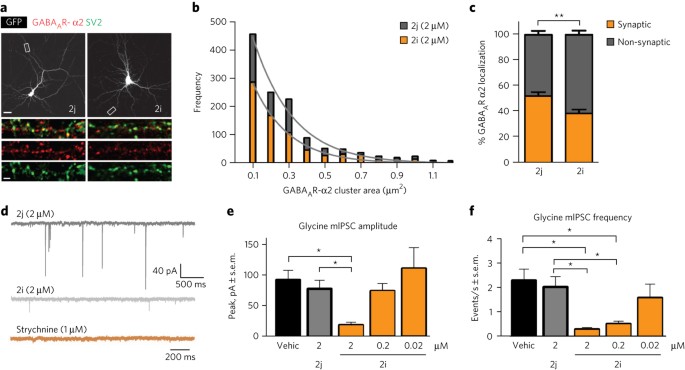
New Light Microscopy Approach Maps Brain Cell Connections with Unmatched Molecular Precision
In a significant scientific advancement, a team of researchers has created a novel light microscopy technique that enables the mapping of brain cell connections with unparalleled molecular resolution. This method allows scientists to see neural structures that were previously deemed too small for light microscopy by utilizing a technique that physically enlarges brain tissue without causing distortion. This breakthrough opens doors for new findings in neuroscience and might even transform biological imaging in various organ systems.
Breaking Through the Constraints of Light Microscopy
Conventional light microscopy is fundamentally constrained by the diffraction limit, capping its resolution at about 200 nanometers, which is inadequate for capturing the densely clustered synaptic connections between neurons that are often only a few tens of nanometers in size. Historically, electron microscopy has addressed this limitation. For instance, the Machine Intelligence from Cortical Networks (Microns) initiative recently leveraged electron microscopy to produce a highly detailed map of the mouse visual cortex. However, electron microscopy does not allow for the identification of individual molecular components within neural tissues, a crucial ability for comprehending the brain’s biochemical function.
Filling the Void: Expansion Microscopy
To overcome this challenge, Johann Danzl and his team at the Institute of Science and Technology Austria have refined a technique called expansion microscopy. While this technique has been utilized for nearly a decade, the updated protocol greatly improves it, enabling the reconstruction of intricate neuronal architecture with both structural and molecular accuracy.
The researchers administered a solution containing a hydrogel monomer (acrylamide) and a chemical fixative to mice. After extracting and slicing the brains, they introduced a co-monomer, sodium acrylate, to create a swellable hydrogel framework. They then applied heat and further chemical treatments to reduce internal mechanical resistance. Importantly, several rounds of hydrogel embedding caused the tissue to expand to 16 times its original volume while maintaining precise structural integrity.
This expanded tissue was then suitable for analysis with standard light microscopes. In addition, the team could apply antibodies to the samples to tag specific molecules, which enabled the observation of structures like axons, dendrites, and synapses clearly, while also revealing the molecular identity of these structures—something that is nearly impossible through electron microscopy alone.
AI and Deep Learning Unveil Neural Pathways
In partnership with Viren Jain from Google Research—recognized for his contributions to the Microns initiative—the team incorporated deep learning algorithms into the imaging process. By manually tracing neural pathways in numerous images, they compiled training data for their algorithm. Following multiple optimization rounds, the AI effectively learned to independently and accurately predict neuronal pathways and recognize synaptic connections within the expanded tissues.
This collaboration between deep learning and light microscopy enables researchers not only to chart synaptic connections but also to classify them by function—excitatory or inhibitory—based on accompanying molecular markers. As Danzl points out, identifying inhibitory synapses solely through structural imaging can be challenging, making molecular labeling essential for a thorough connectomic analysis.
A Pioneering Era in Connectomics and Beyond
The researchers have named their technique “light-microscopy-based connectomics,” or Liconn. A key advantage of this approach is its accessibility—contrary to electron microscopy, which necessitates specialized, high-cost equipment, Liconn can be implemented in most well-equipped biology laboratories.
Scientists express enthusiasm for the prospective applications of Liconn. By integrating high-resolution imaging with detailed molecular labeling, it could provide valuable insights into other organ systems and diseases. Forrest Collman, a neuroscientist at the Allen Institute and collaborator on the Microns project, highlighted the method’s significance in preserving tissue structure: “After imaging, the resultant sample shows that the structure is preserved in a compact form, allowing for the tracing of individual axons and dendrites.”
Collman’s lab has also embraced Danzl’s protocol and has learned through its initial challenges. “Some of our first attempts at following the protocol yielded results that were not visually appealing,” he shared. “However, after a few iterations, we managed to replicate their results and produced excellent images.”
Long-term Effects on Neuroscience and Medical Research
With Liconn, researchers can now examine both the structural and chemical aspects of the brain at a level that was once thought to be unreachable using light microscopy alone. This capability to explore how distinct connections operate and evolve could unveil new perspectives on neurological disorders such as Alzheimer’s, autism, and epilepsy, where synaptic irregularities are critical factors.
Additionally, since Liconn is not restricted to neural tissue alone, its applications may extend throughout the realm of medical research—from studying cancerous tumors to observing developing organs—offering a wealth of fresh information for biomedical sciences.
In conclusion, Liconn introduces a formidable new strategy for unraveling the brain’s intricate wiring by merging tissue expansion, light microscopy, deep learning, and molecular labeling. Its accessibility and adaptability might